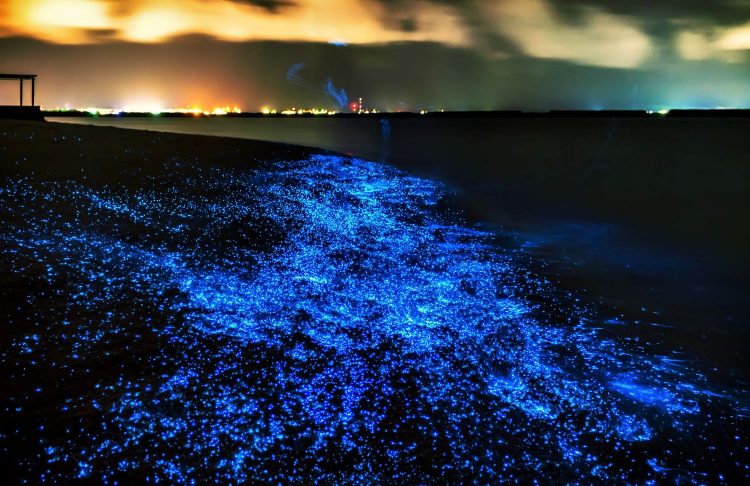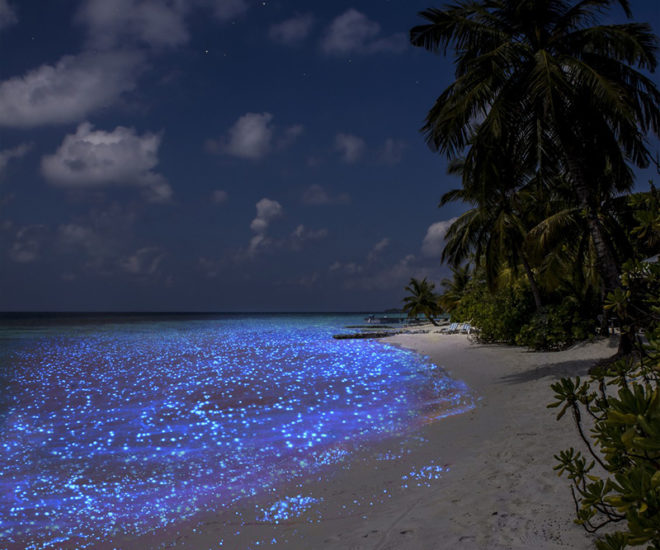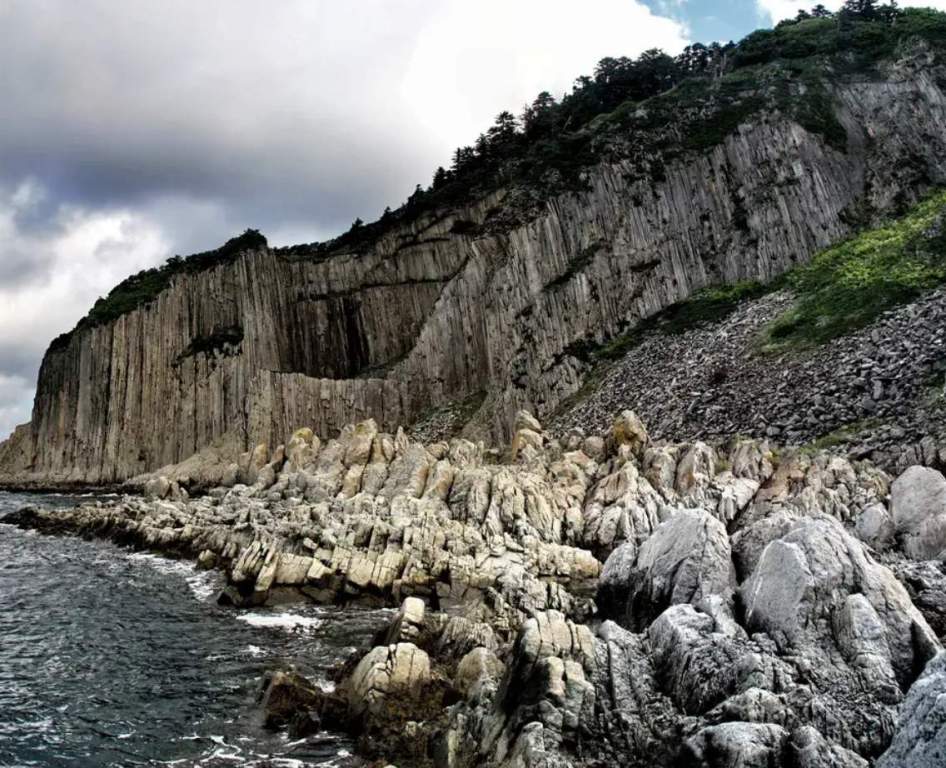You might have seen the jaw-dropping images of the surreal beach on Vaadhoo Island in the Maldives. Vaadhoo Island is 140 kilometers north of the country’s capital, Malé. The glowing blue waves caused a natural phenomenon that has been called the “Sea of Stars”. It’s a fantasy-like experience, but before you search out a particular beach in Vaadhoo to see the “Sea of Stars”. Vaadhoo is one of the inhabited islands of Raa Atoll, Maldives. Thus, it is better to know more about the stunning little creatures that cause this incredible glowing effect and the mesmerizing waters of Vaadhoo.

According to when on earth such occurrences are caused by a natural chemical reaction recognized as bioluminescence, which occurs when a microorganism in the water is disturbed by oxygen. These microorganisms of marine microbes are called phytoplankton, and many different species that create bioluminescence are seen in diverse parts of the world. One of the most common phytoplankton that causes marine bioluminescence is recognized as dinoflagellates, which float. Movement in the surrounding water sends electrical impulses around a proton-filled compartment inside them.

The electrical pulses open the voltage-sensitive proton ion channels into scintillons (the flashing unit inside dinoflagellates). Proteins that flow into the scintillation, while the pH in the cytoplasm changes, create a series of chemical reactions that activate a protein called luciferase, which is together with luciferin collective in scintillons, and when oxygen unites them, the stunning neon blue light is created.
Although dinoflagellates have this blue glow, it doesn’t mean that they’re friendly at all. Some dinoflagellates create toxins harmful to fish, humans, and other creatures. The blue light is supposed to be some sort of defense for these marine organisms. Also, the predators that eat the glowing dinoflagellates may be magnets for bigger predators because the phytoplankton can still glow even when inside another creature.
Related Reading: Bioluminescence in Holbox – A Captivating Natural Wonder

Dinoflagellates aren’t the only ones that produce bioluminescence. Other marine animals like krill, deep-sea squids, and anglerfish also have their own ways and reasons for producing their own lights. The Sea of Stars is one of the incredible sites where you can see this occurrence, but it can happen anywhere. Within the Maldives, you can also visit the islands of Mudhdhoo and Rangali for this stunning event. The sea of stars in the Maldives is believed to glitter and glow in such a manner that it reflects the stars beneath which the waves lap, and the light emitted in the sea is almost mesmerizing.
Is there anywhere else in the world quite like it? The California coast of Leucadia had bursts of light coming from the rolling waves during the red tide. Bioluminescence also occurs on the shores of the Lakshadweep Islands in India and Mosquito Bay in Vieques, Puerto Rico. The marine experience can be best seen during moonless nights. Scuba divers can wave their arms or run their fingers on the sand while under the sea to cause a reaction in the glowing plankton.

The total population of Vaadhoo Island in the Maldives is more than 600. Vaadhoo Island, Maldives, is also a hotspot for snorkeling and diving, with corals and various forms of marine life to discover. Therefore, whenever you visit the Maldives, you will see a sea of stars. Be sure to venture to the shores for a midnight stroll and look upon the glowing sea that will not only be embossed in your brain forever but will also give you some incredible images for your social media platforms.


Read More: The Tree of Life Kalaloch, Washington
Product You which you may be interested
- Unlock your Hip Flexors, Gives you More Strength, Better Health, and All-Day Energy.
- Boost Your Energy, Immune System, Sexual Function, Strength & Athletic Performance






